Why You Should Understand Architecture History
Hi, I'm Mitchell Rocheleau. I'm an Architect searching the world to learn more about the buildings and environments that humans have created from the modern era. All the way back to pre-history. I believe that our buildings reflect the culture and the context of the people who built them and can reveal fundamental insights about ourselves. Using architecture as our lens, we can learn more about who we are and where we come from. With this knowledge, we can build environments for our future that will facilitate our thriving and our vitality.
Today I want to talk about why you should understand Architecture History.
If studied closely, architecture can provide glimpses into human history. It can give insight into our ancestors’ customs, their rituals, technologies, religions, myths, and their stories. Also, their daily life. Architecture can provide a deeper understanding of the evolution and the development of the human species. It can give us a holistic perspective on our place in the context of humanity, from the prehistoric structures to contemporary architecture. We can see what was important to past civilizations and what these people were trying to say through their buildings.
Architecture often tells a story about the time it was constructed. When a society decides to build a building in monumental sizes, a set of principles into the physical world. In many prehistoric, ancient medieval structures, these values, ideas and information shown in their buildings lay at the core of their value systems. Historically, the building process has been long, complicated, labor intensive, and required massive amounts of resources.
Because of this, it forces the society doing the construction to curate their beliefs and their values down to their essential elements, as they will be monumental in the physical world for years to come. A great example of this phenomena can be found in religious structures such as cathedrals, mosques, temples, and basilicas. Many of these buildings display their values quite literally on the facades of the buildings through ornamentation, sculpture, stained glass, engravings, the builders tell the stories of their religion and their beliefs.
For example, the Nativity facade on the Sagrada Familia in Barcelona, Spain. The architect Antoni Gaudí engraved numerous stories of the Bible directly onto the face of the building. The permanent nature of religious architecture represented stability and power and reinforced the authority of their religion. Patrons walking into a massive cathedral with ornate stone carvings and expansive stained-glass windows would feel spiritually elevated from the atmosphere of the building and also feel confident in the belief systems of that culture. In a similar but maybe darker manner, architecture was used to control, manipulate and intimidate groups of people. It was also used to help maintain a concentration of power in the specific hands of people.
Religious buildings were not the only works of architecture used to convey a society's values. The Barcelona Pavilion, designed by (Ludwig) Mies Van der Rohe in 1920, was intended to portray a new identity for Germany after the war. The building was designed to illustrate a departure from the past historical, political and cultural regimes. By using streamlined, reductive forms absent of any ornamentation or any political, religious or authoritative reference, Mies told the world through his architecture that they were dealing with a new Germany. Architecture can be a guide to life to help future generations of a civilization continue.
Architecture can be steeped in myths, stories, morals, and values. Many cultures use architecture as the most permanent, potent and reliable form of information transmission from generation to generation. Unlike books, scrolls, clay tablets, or other forms of information transmission, Architecture has a history of being more resilient to destruction, and information was more likely to be handed down to future generations if embedded and communicated through these massive, monumental stone structures.
The Parthenon in Athens is a great example of a structure meant to transmit cultural myths, morals and values into the minds of young Athenian citizens. Frieze on the Parthenon communicates the city's founding myths, illustrating Athenian citizens ideal morals and the importance of placing the city amongst one's highest values.
When young Athenians saw the architecture and carvings, they would undoubtedly been familiar with the messages through the oral stories told by their parents and older generations. The story's presence in monumental stone architecture would have reinforced their importance and cemented these values into their psychological makeup. In the case of the Parthenon, architecture was used as a tool to assist in the perpetuation of a civilization and a culture. Studying past buildings allows us to see what technology and materials were available at that time. Sites such as Göbeklitepe, Stonehenge, the Egyptian Pyramids, Ancient Greece and Ancient Rome give us hints at a society's technological capabilities.
Many of the techniques and tools these civilizations used are still up for debate and continue to baffle historians, engineers, architects, and archeologists today. Some believe that the technologies used to construct these monuments are beyond our comprehension and outside of our contemporary capabilities.
The historical site of Machu Picchu illustrates the Incas knowledge of civil engineering. To help the site drain, the Inca excavated and recompacted vast amounts of gravel underneath the site to allow for rainwater to percolate into the earth and minimize surface runoff and flooding. This is something that most people visiting the site today can't see. They understood hydrodynamics and drainage on a level comparable to contemporary engineers.
Cathedrals display innovation and mastery in stone masonry construction from their detailed carvings to the major structural engineering systems. Flying buttresses used in Gothic architecture were developed to reduce the massive masonry walls on the exterior of the cathedrals. Through this innovation, the architects could design large openings in the walls, resulting in phenomenal interior spaces flooded with natural light, which enhance the experience of the religious rituals and ceremonies.
Dome construction throughout history has been an area of substantial technological innovation and experimentation. Brunelleschi's dome in Florence was one of the first domes of its kind to be built without scaffolding or centering, as they called it. Brunelleschi developed several different innovations in his design, including compression straps, layer dome construction, and herringbone brick patterns embedded in the shell that allowed him to create the largest dome for his time.
The Home Insurance Building by William Le Baron Jenney in 1884, is an excellent example of a building that cemented its place in architectural history because of its technological innovations. The building was the first to implement the structural steel frame. At the time, using structural steel in buildings was rare, especially for buildings of that height. The building became an icon for the city and an attraction point for tourists, contributing positively to the city's economy. It tells the story of the industrial Revolution and the conception of steel frame buildings. Today, steel is still a common material used in an array of different projects, from massive sports complexes, high rises to single family homes. In the 20th century, global events such as the two world Wars catalyzed developments in material technology. Significant advancements in production of metals, plastic, and glass products were developed to aid in the war efforts. After the war, the manufacturers were eager to take their products to the public market. When architects became aware of these new materials and technologies, they began experimenting with how to use them in their buildings. A great example of this is the case study homes built in Southern California in the mid-1900s.
The Renaissance marked a significant shift in Europe's culture, market and economy. New ideas, technologies, science and art were beginning to emerge in Europe following the Dark Ages. At that time, Florence was growing into a major city in Europe, and its wool and its banking industries were flourishing. Some of the most luxurious cloth in Europe came from this area. The financial success catalyzed a reawakening of the arts and architecture. Wealthy merchants and guilds began investing in buildings, monasteries, palaces, and churches. The structures that resulted from this economic prosperity tell a broader story about the cultural conditions at the time.
One of architecture's largest cultural and artistic shifts in the modern era was, Le Corbusier's Villa Savoye. The buildings’ aesthetic design rejected the traditional architectural and stylistic approaches that was ubiquitous at the time. Corbusier designed a Villa elevated off of the ground, absent of ornament and free of all past references.
He consciously and deliberately broke with tradition and showed a new way to design buildings. His intention was to design a “machine for living”. At the time, ideas such as mass production, manufacturing, sanitization and efficiency were at the forefront of people's minds. So, the emergence of Corbusier's ideas signify a larger cultural and evolutionary shift.
In the mid-1900s, skyscrapers began to develop in New York City and Chicago. Many buildings were constructed as office towers to house large corporations, staff, and operations, not only did the architecture perform functionally to give the corporation a workplace, it also served as a giant marketing strategy. Many corporations were racing to the top to build their highest tower to represent their market prestige and dominance. Towers like the Sears Tower, the Seagram's Building, and the Chrysler Building are quintessential examples of American corporate architecture. From roughly the late 1800s, architecture came to represent and embody a value shift towards consumerism and capitalism in many parts of the world. These values became firmly rooted in our society as fundamental measures of success, social status, and quality of life. For better or for worse. Industry, economics and financial accumulation became virtually inseparable with architecture.
After working on hundreds of homes all over the Southern California region, it's become clear to me that in our contemporary culture, many people want to evoke a sense of peace, tranquility, and contemplation in their homes. I imagine this has to do with the information Age is fast paced, highly connected nature. As quietness and space for peace seem to be dwindling in our public lives, many people are searching for places to retreat to or reinforce a value structure geared to help bring these qualities back into their lives.
Through my journey, I found that studying Architecture History has helped me to make sense of our modern world. It's akin to a process of personal or self-reflection, but on a collective level.
To understand oneself, we must go through a process of deep self-reflection to gain a more grounded sense of self-awareness. Likewise, to understand our species, we must go through a process of deep collective reflection, and architecture is one of the best lenses that we have to do this. Understanding the history of buildings as a lens to understand past human civilization has been a worthwhile endeavor, and provided insight on how to move forward, building our contemporary world.
For those willing to listen, Architecture can tell the story and give insight into our modern world.
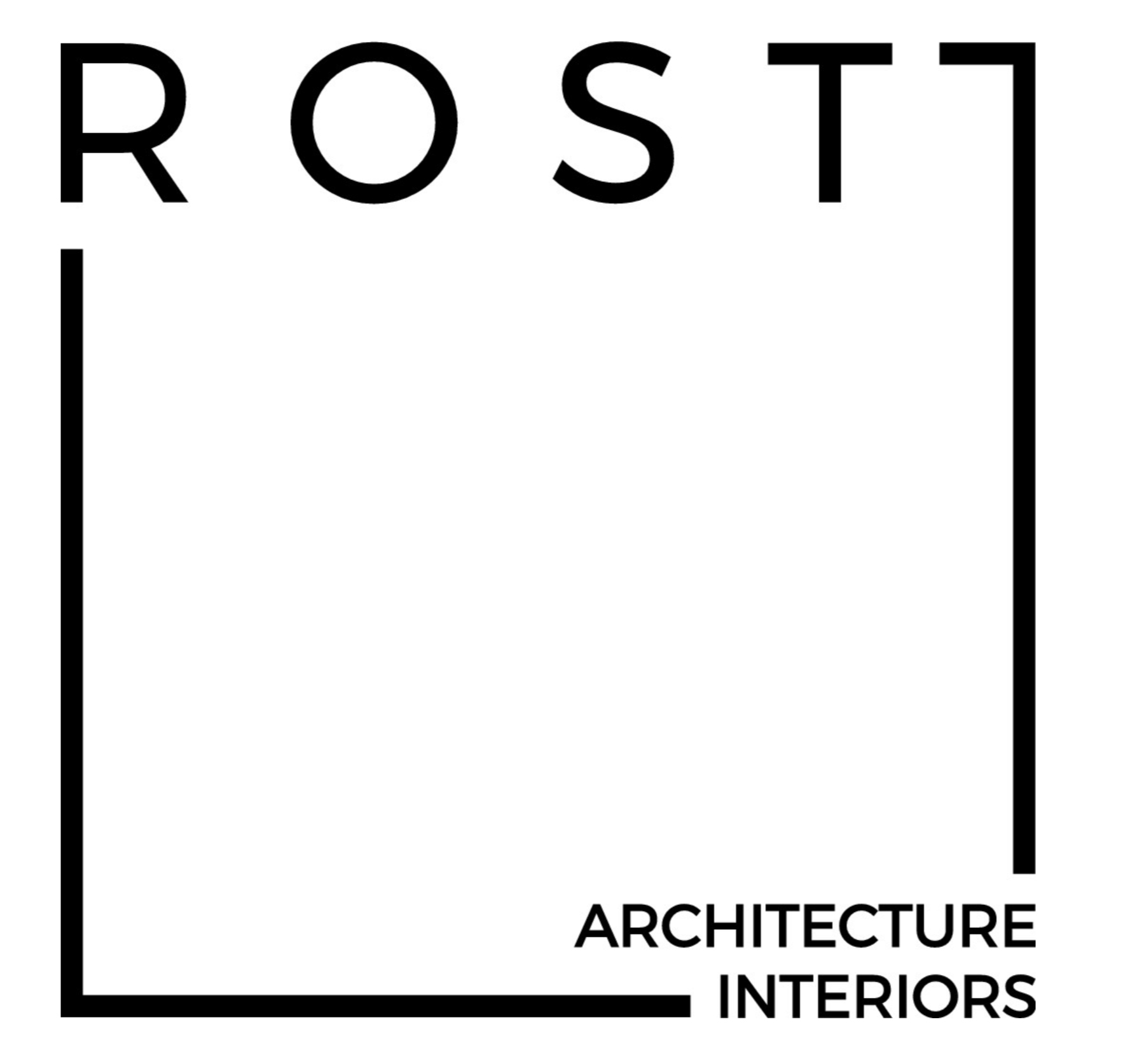







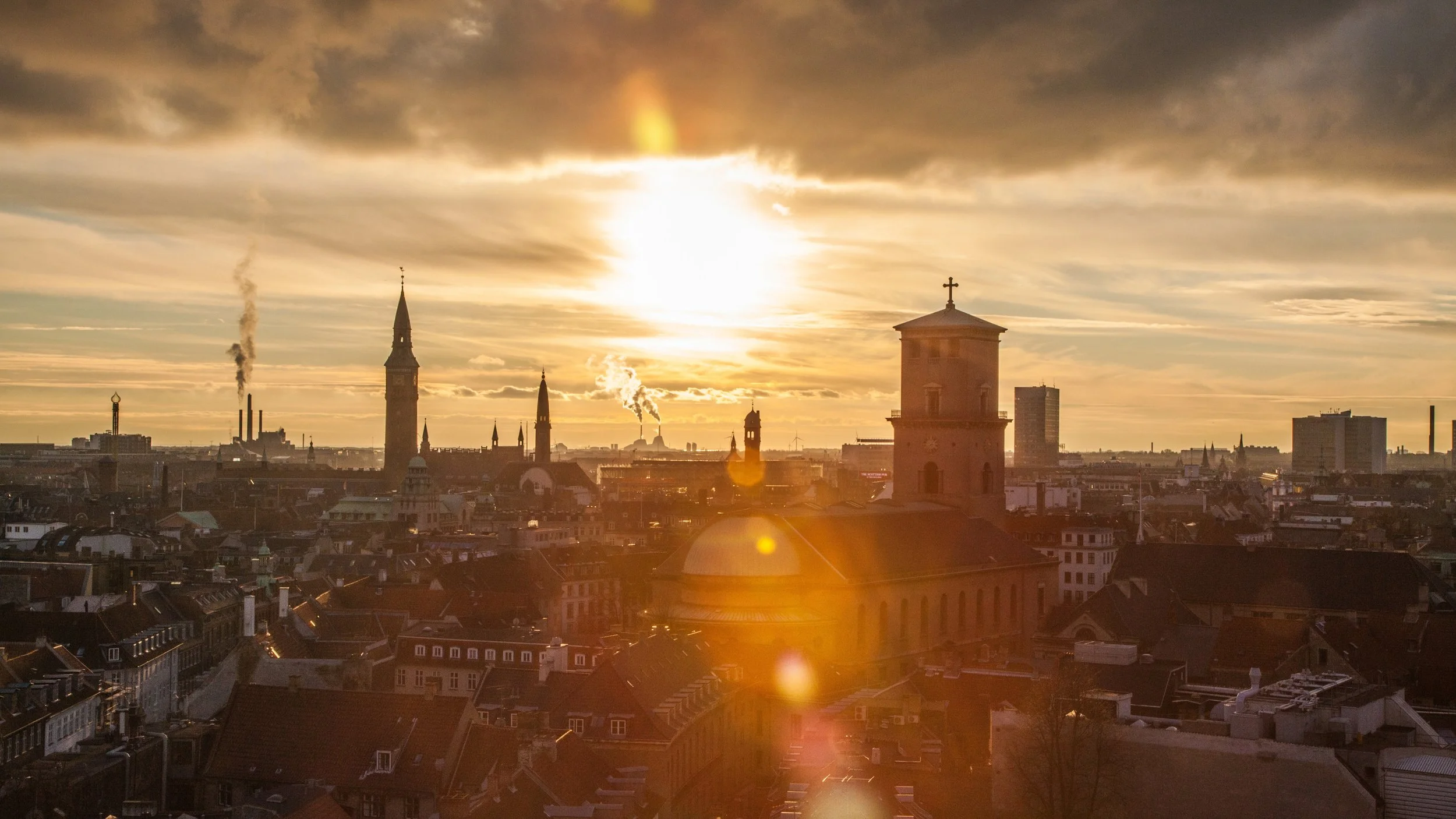



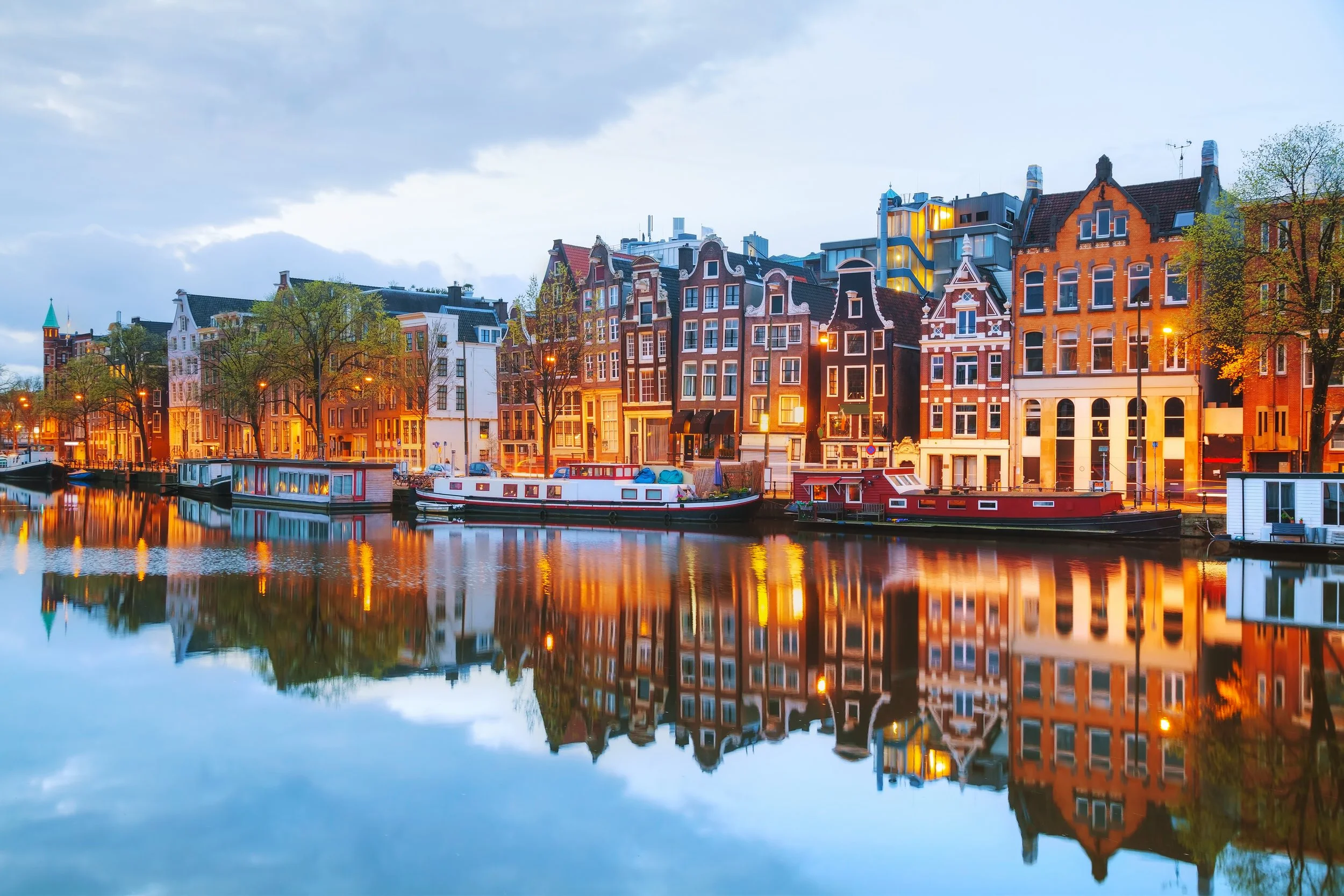
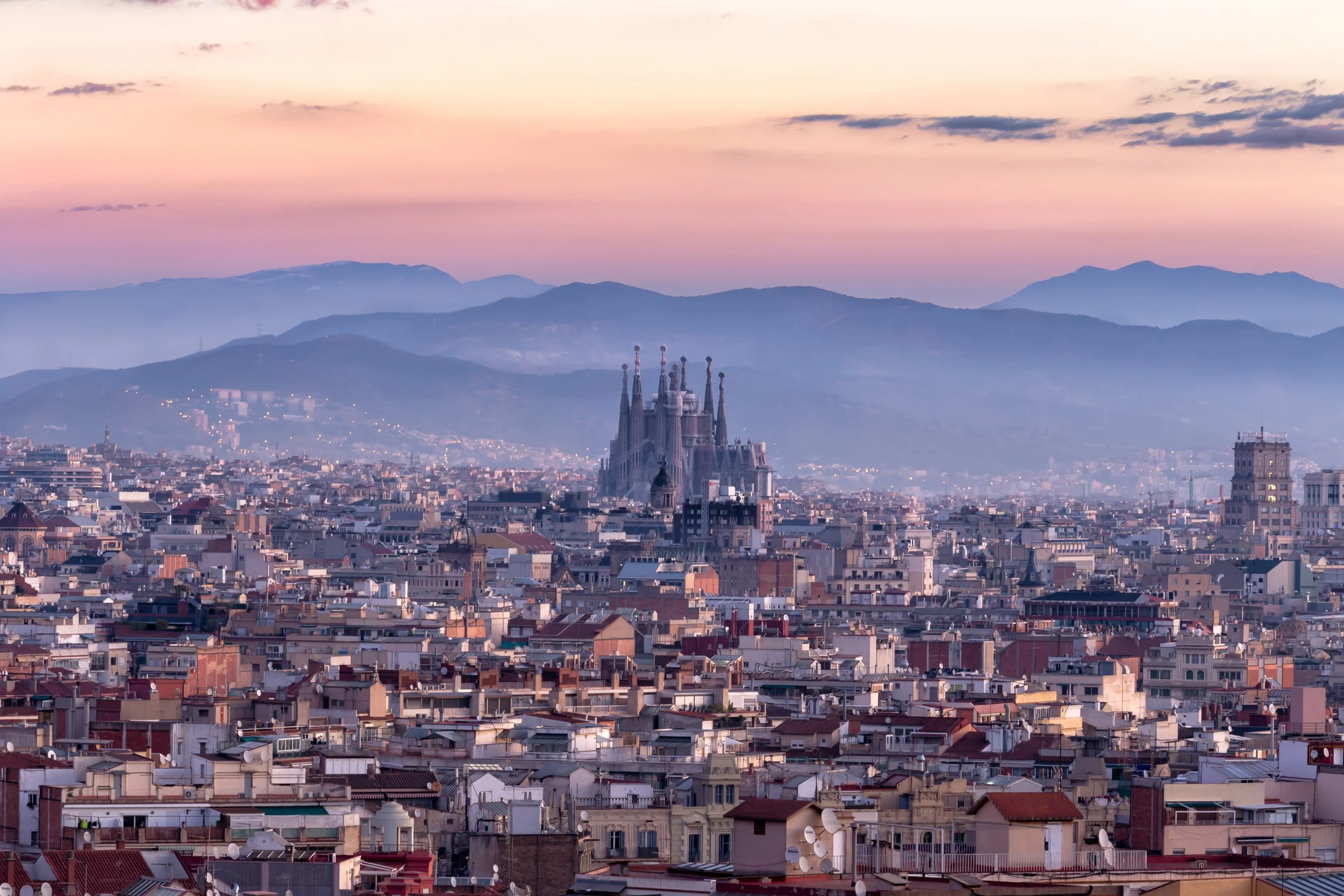
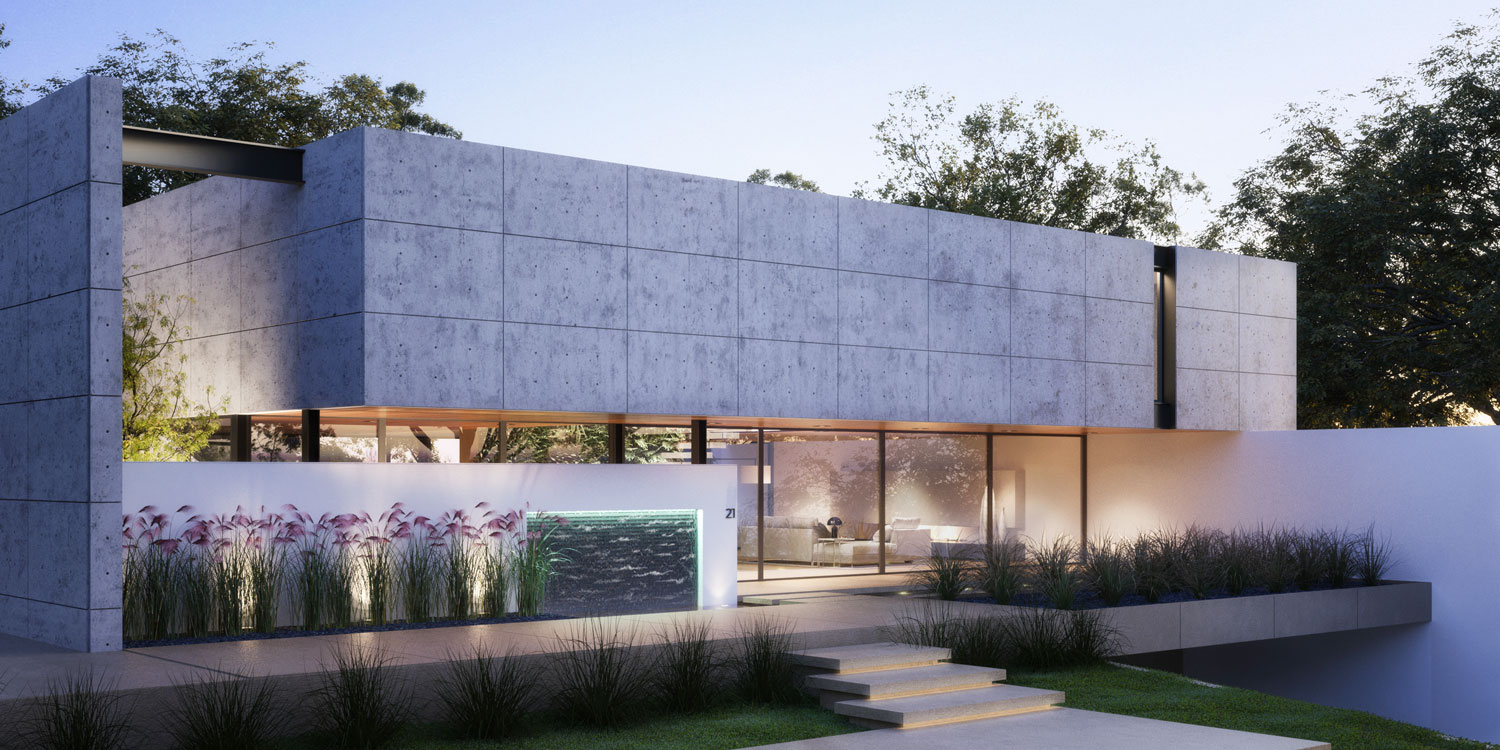

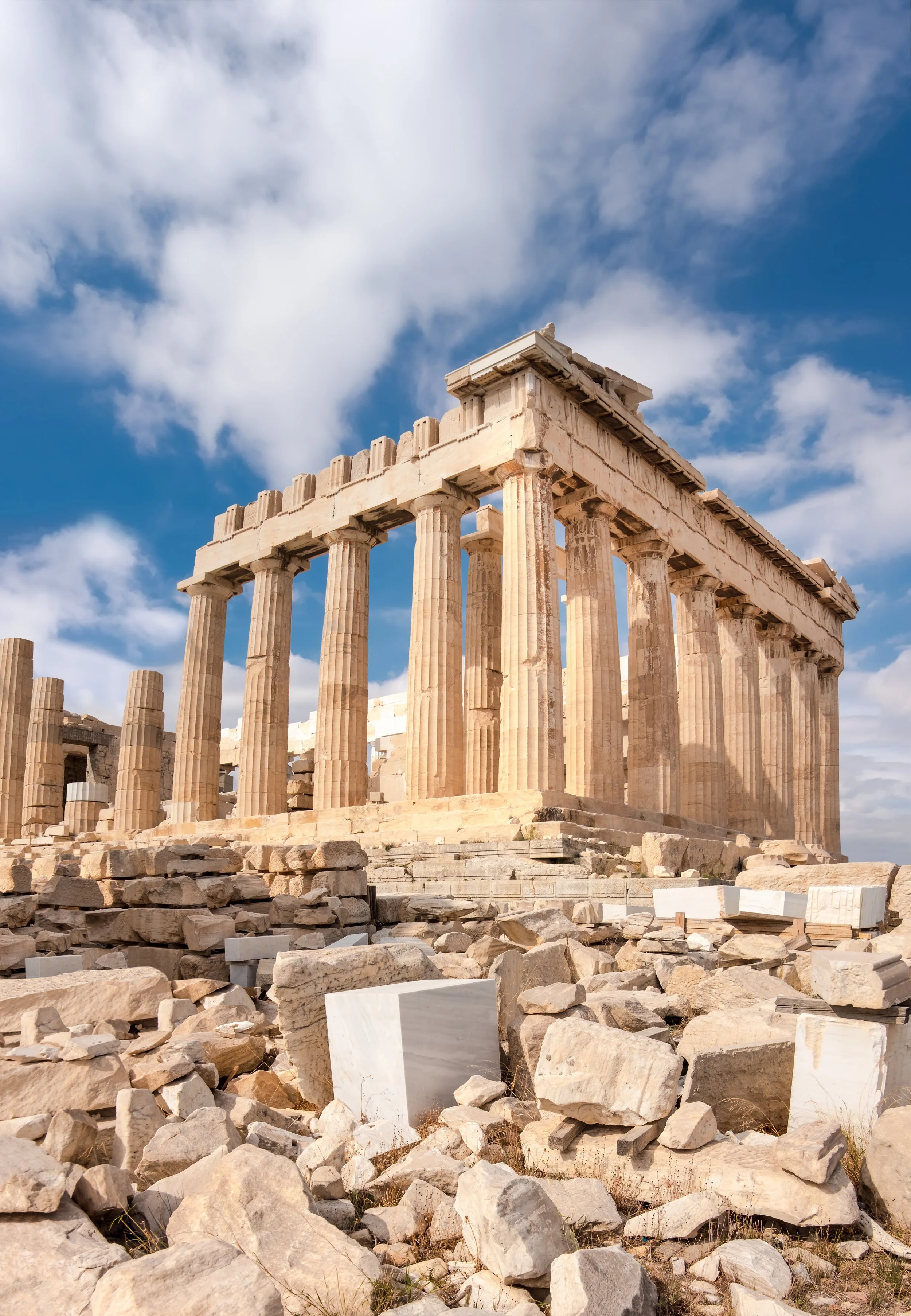














Notre Dame Cathedral had the power to embed itself into more than just the cityscape. It made its way into the hearts of the people of Paris. When the Cathedral was engulfed in flames on April 15th, 2019, we were reminded that the architecture around us impacts our lives beyond functionality. Principal and Architect of ROST Architects, Mitchell Rocheleau, discusses the history, architecture, and the architectural power of Notre Dame Cathedral.